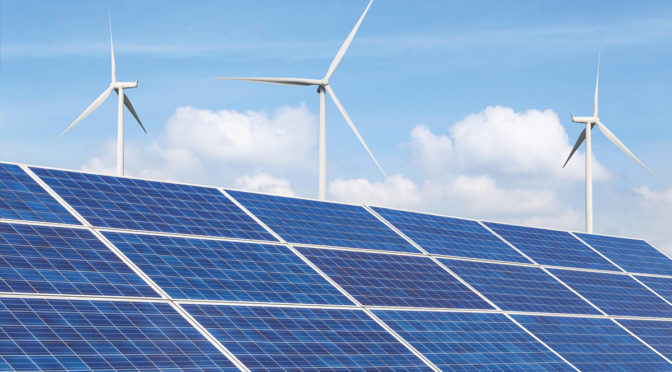Cape Verde, an archipelago of ten islands located in the Atlantic Ocean off the coast of West Africa, has emerged as a shining example of renewable energy potential and investment opportunities. The country has made significant strides in recent years to harness its abundant natural resources, including wind and solar power, to reduce its dependence on imported fossil fuels and promote sustainable development. With a growing economy and increasing energy demand, Cape Verde’s commitment to renewable energy presents a wealth of opportunities for investors and businesses alike.
One of the key factors driving Cape Verde’s renewable energy push is its vulnerability to climate change and the associated risks of rising sea levels, extreme weather events, and water scarcity. As a small island developing state (SIDS), Cape Verde is acutely aware of the need to protect its environment and natural resources for future generations. This has led the government to adopt ambitious targets for renewable energy generation, with the aim of achieving 50% renewable energy penetration by 2030 and 100% by 2050.
To achieve these goals, Cape Verde has been actively seeking international partnerships and investment to develop its renewable energy sector. In recent years, the country has secured funding and technical assistance from various sources, including the European Union, the World Bank, and the African Development Bank. These partnerships have helped to finance the construction of wind farms, solar power plants, and other renewable energy projects across the islands.
One of the most notable achievements in Cape Verde’s renewable energy journey has been the successful implementation of the Cabeolica wind power project. Launched in 2011, the project consists of four wind farms located on the islands of Santiago, Sao Vicente, Sal, and Boa Vista, with a total installed capacity of 25.5 MW. The wind farms now generate approximately 20% of the country’s electricity, significantly reducing its reliance on imported diesel fuel and saving millions of dollars in energy costs.
In addition to wind power, Cape Verde has also been tapping into its abundant solar resources. The country enjoys an average of 350 days of sunshine per year, making it an ideal location for solar power generation. Several solar power plants have been built across the islands, including a 5 MW solar PV plant on the island of Santiago, which was commissioned in 2018. Furthermore, the government has been promoting the use of solar water heaters and photovoltaic systems in homes and businesses, offering incentives and subsidies to encourage adoption.
These renewable energy projects have not only helped to reduce Cape Verde’s dependence on fossil fuels but have also created new jobs and stimulated economic growth. The renewable energy sector is now seen as a key driver of the country’s development, attracting both local and foreign investment. In fact, Cape Verde has been ranked as one of the top African countries for renewable energy investment by the International Renewable Energy Agency (IRENA).
The government’s commitment to renewable energy has also been reflected in its efforts to create a favorable regulatory environment for investors. Cape Verde has implemented a range of policies and incentives to support the growth of the renewable energy sector, including feed-in tariffs, tax exemptions, and streamlined licensing procedures. These measures have helped to create a more attractive investment climate and foster a competitive market for renewable energy technologies.
In conclusion, Cape Verde’s renewable energy potential and investment opportunities are vast and continue to grow. The country’s commitment to sustainable development, coupled with its abundant natural resources and supportive regulatory environment, make it an attractive destination for investors and businesses looking to capitalize on the global shift towards clean energy. As Cape Verde continues to make strides in its renewable energy journey, it serves as a model for other small island developing states and a testament to the power of international cooperation and investment in driving sustainable development.
Lawrence Webb


